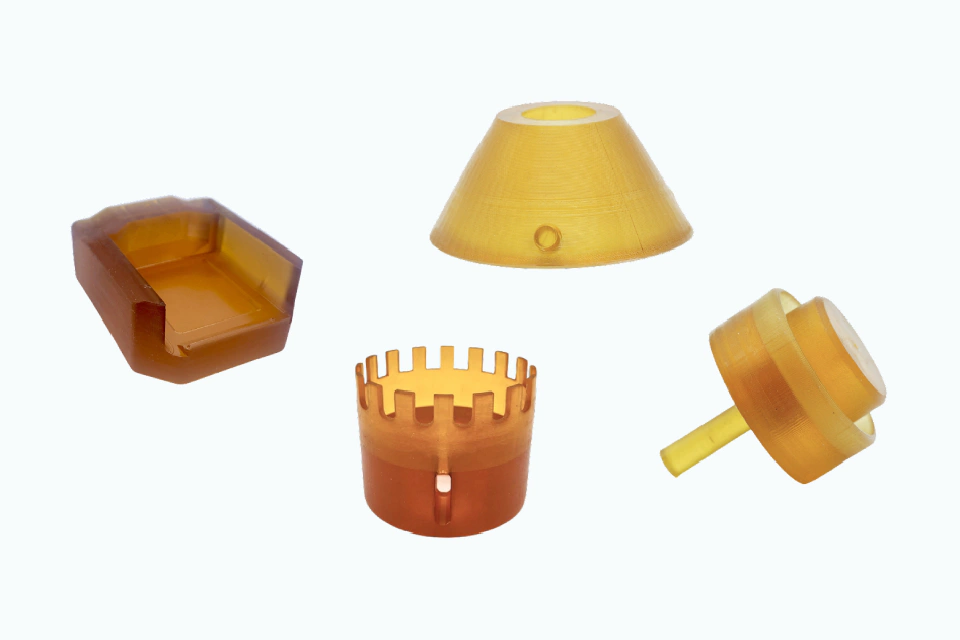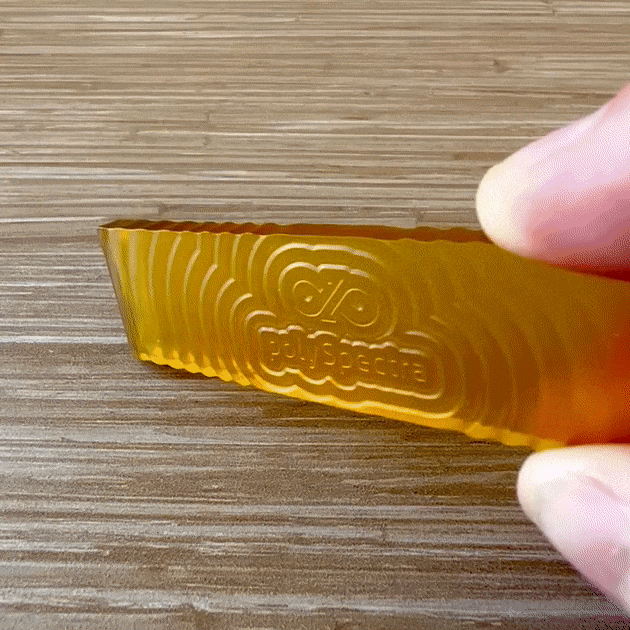Historically, tooling has been made from metals. However, new material developments make it possible to 3D print tools.
There are several advantages to 3D printing tools, including maximizing production speed and minimizing development and testing cycles; reducing tooling cost, especially for low-volume or unique design parts; and the ease of printing complex shapes.
Design properties unique to 3D printing–such as sturdy interior latticework structure–allow for the production of lightweight tools. This is useful for a wide range of industries, from aerospace to consumer goods.
Select tooling materials based on functional requirements.
While 3D printing materials cannot compete with the properties of CNC metal parts, FDM printing can be a good solution for tooling prototypes.
For functional parts, SLA and DLP 3D printing is the best solution. SLA and DLP printing meets the needs for high resolution, high dimensional accuracy, and advanced mechanical performance.
Materials for 3D printed tooling
Given its unique combination of strong mechanical properties, high-temperature tolerance, and chemical resistance, COR Alpha photopolymer resin is suitable for tooling applications. polySpectra is partnering with manufacturing companies to reduce tooling production delays and costs.
Here are some examples of COR Alpha parts used by our customers:
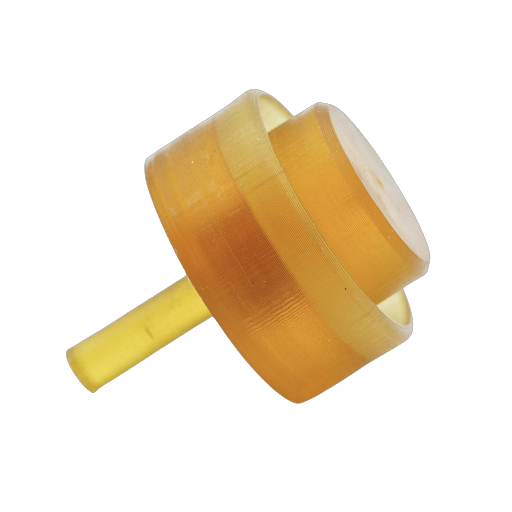 | 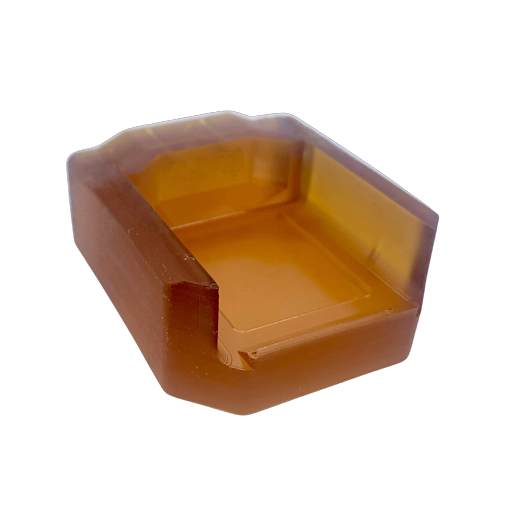 |
| What: coating line jig | What: decoration line jig |
| Why 3D: complex part shape requires CNCing two separate parts and assembling them together by hand, which makes the part expensive to manufacture. 3D printing allows printing the whole assembly and so reducing the cost. | Why 3D: small number of parts and regular design change |
| Why COR Alpha: temperature resistance up to 400F COR Alpha is the only 3D polymer that could replace costly metal jigs on a coating line. All other tested 3D printed plastic parts failed after 30min @ 400F. | Why COR Alpha: resistance to chemicals COR Alpha is the only 3D polymer resistant to harsh solvents, an indispensable quality for tooling used in the cosmetic industry. COR Alpha parts’ design freedom allows setting up new production jobs without additional costs. |
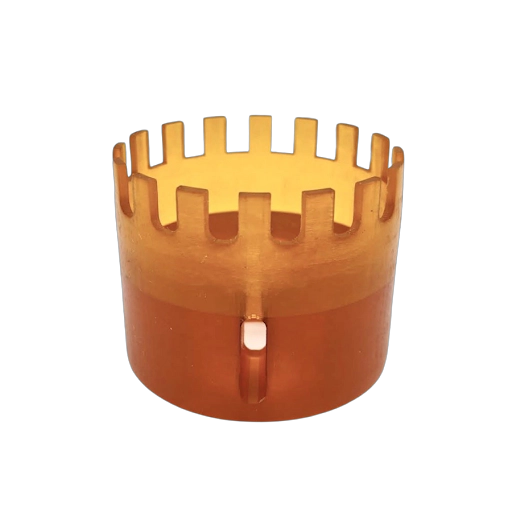 | 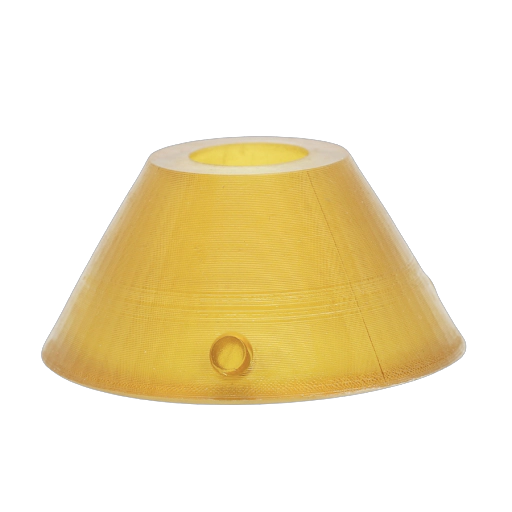 |
| What: a pusher | What: clean room tooling |
| Why 3D: a small number of parts and regular design change | Why 3D: a small number of parts, the requirement for short manufacturing delay |
| Why COR Alpha: metal replacement champion Pushers’ diameter varies depending on the job, which makes it expensive to CNC. COR Alpha proved to have enough mechanical strength to replace metal pushers and introduce long-sought design freedom. | Why COR Alpha: sterilizability and good impact strength Sterilizable 3D printed tooling has an inherent problem of brittleness… unless it’s made from COR Alpha. COR Alpha is the only 3D polymer combining stabilizability and good impact strength. |
Design Tips For 3D Printed Tooling
Adjusting tooling design for 3D printing processes reduces cost-per-part cost and maximizes part performance. Here are some suggestions:
- Several parts can be connected in one assembly. This reduces cost and production time.
- Additional functionality can be introduced: serial numbers, technical information, small features in general that cannot be CNC’ed;
- Consider thickening tall walls, ribs, and fillets to prolong the lifetime of 3D printed tooling.
- Solid material blocks can be optimized for 3D printing by using lattice structures and cutting out non-functional surfaces. This helps reduce the print speed and material usage, optimizing production time and cost.
- Optimize production time by reducing the number of support structures
Sounds overwhelming? Don’t worry, the polySpectra team is here to help. Get started here and our team of engineers and materials specialists will guide you on optimizing your tooling design for 3D printing.

